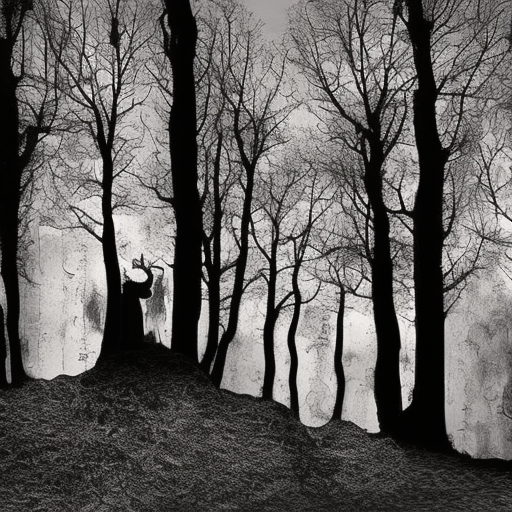Summary: Ballads are narrative songs that have been passed down through generations, often telling stories of love, tragedy, and adventure. They originated in the Middle Ages and have since evolved into various forms and styles. Ballads are characterized by their simple, repetitive structure and their ability to evoke strong emotions in listeners. They continue to be an important part of folk music and have influenced many other genres.
Origins and Characteristics
Ballads have their roots in the Middle Ages, when they were sung by minstrels and troubadours. These songs were often performed in the courts of nobles and were passed down orally from one generation to another. The word “ballad” itself comes from the French word “ballade,” which means “dancing song.”
Ballads are typically narrative in nature, telling a story through verse. They often focus on themes of love, tragedy, and adventure. The stories they tell can be historical, mythological, or entirely fictional. The language used in ballads is usually simple and direct, making them accessible to a wide audience.
Structure and Style
Ballads are known for their distinctive structure and style. They typically consist of several stanzas, each with four lines. The first and third lines of each stanza are usually longer and have four stressed syllables, while the second and fourth lines are shorter and have three stressed syllables. This gives ballads a rhythmic quality that is easy to remember and sing.
Another characteristic of ballads is their use of repetition. The same lines or phrases are often repeated throughout the song, creating a sense of familiarity and reinforcing the narrative. This repetition also helps to emphasize key themes and emotions.
Types of Ballads
There are several different types of ballads, each with its own distinct characteristics. Traditional ballads are the oldest form and have been passed down through oral tradition. They often have unknown authors and are associated with specific regions or communities.
Broadside ballads, on the other hand, were printed on broadsides, single sheets of paper that were sold in the streets. These ballads were popular in the 16th and 17th centuries and covered a wide range of topics, from historical events to sensational stories.
Modern ballads, also known as contemporary or popular ballads, emerged in the 19th and 20th centuries. These ballads are often written by specific composers and are performed by popular singers. They continue to be a popular form of storytelling in contemporary music.
Influence and Legacy
Ballads have had a significant influence on various genres of music. Many folk musicians draw inspiration from traditional ballads and incorporate their storytelling style into their own songs. In addition, ballads have influenced the development of country music, blues, and even rock and roll.
Ballads also continue to be an important part of popular culture. They are often used in film soundtracks to evoke emotion and enhance storytelling. Many popular songs today can be considered ballads, as they tell a story and evoke strong emotions in listeners.
In conclusion, ballads are narrative songs that have been passed down through generations. They originated in the Middle Ages and have since evolved into various forms and styles. Ballads are characterized by their simple, repetitive structure and their ability to evoke strong emotions in listeners. They continue to be an important part of folk music and have influenced many other genres. Whether traditional or modern, ballads remain a powerful form of storytelling that resonates with audiences around the world.












